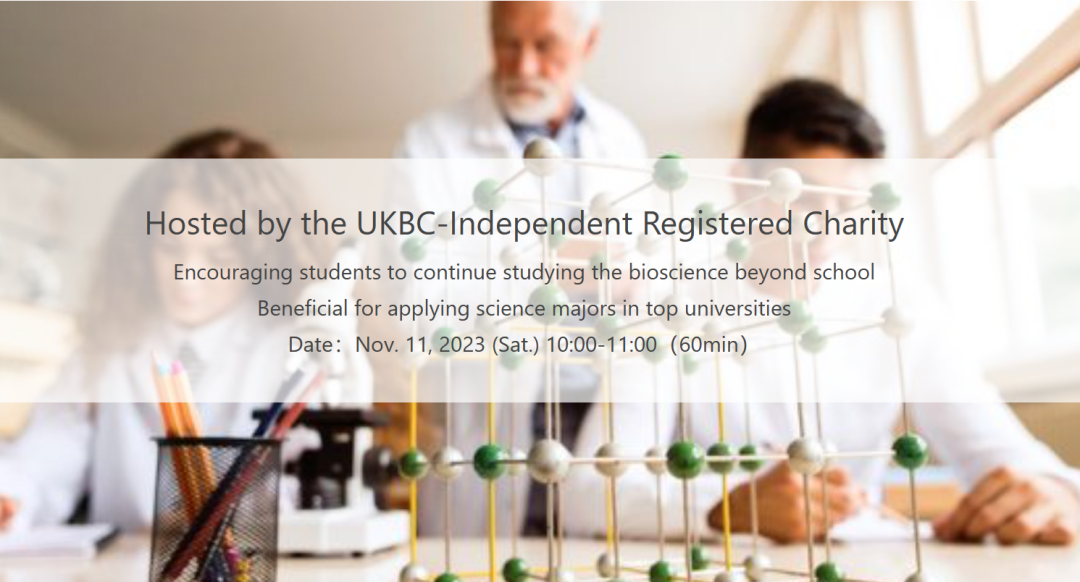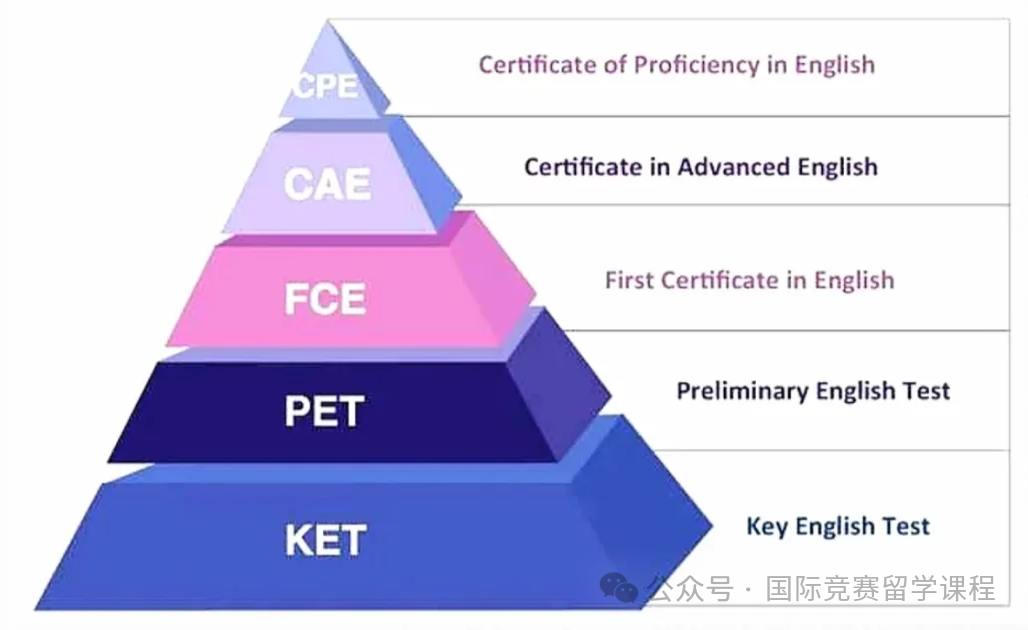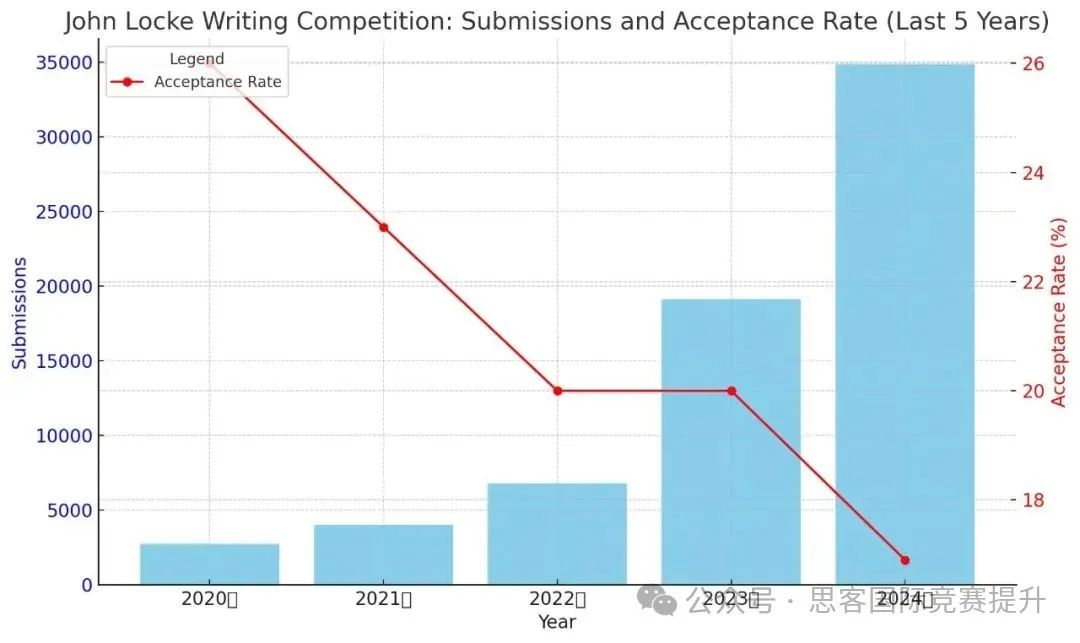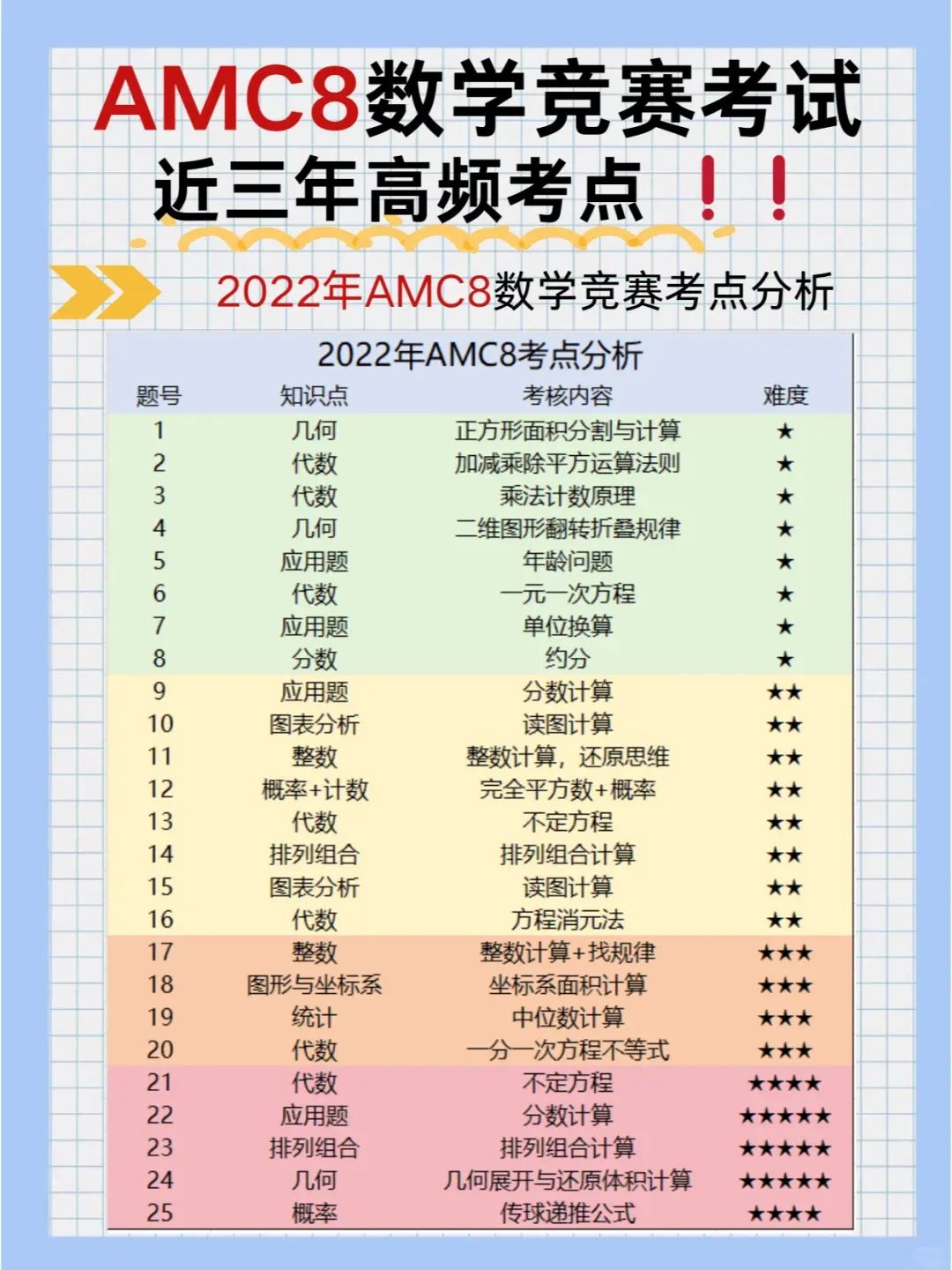全球权威的生物学术组织 鼓励学生挑战课堂以外的生物学知识 增加世界名校医学、生物等理科专业申请优势

英国生物测评(中级)IBO介绍
英国生物测评(中级)(Intermediate Biology Olympiad)面向高一、高二年级(GCSE和A1),是英国生物测评的初阶活动。不仅考察学生的生物学知识,还鼓励他们在校外继续学习生物科学。成绩优秀者将增加世界名校医学、生物等理科专业申请优势。
英国中级生物奥林匹克活动由英国生物奥林匹克委员会组织,由英国皇家生物学会管理。从 2020 年起正式授权 ASDAN 中国(阿思丹)成为其在中国的承办单位。
英国皇家生物学会(简称 RSB), 总部位于伦敦市中心,拥有 16000 多名会员,汇聚了 100 多个国家生物界的著名科学家和生物研究人员,为全球极具影响力的生物学术组织之一。
IBO比赛相关信息活动规则
语言:中英文
考试时间:2023年 11 月 11 日(周六)10:00-11:00(60分钟)
报名截止时间:2023年10月31日
参赛资格:任意年级高中生
形式:个人赛
范围∶25%动物解剖学及生理学,20%细胞生物学,15%遗传与进化,15%植物解剖学及生理学,15%生态学,5%动物行为学,5%生物分类学(注∶每年题目数量与题型、总分略有变化)
奖项设置
全球奖项:(全球代表统一排名)
金牌 Gold,2021 年分数线为:59.50,约前 7%
银牌 Silver,2021 年分数线为:55.11,约前 18%
铜牌 Bronze,2021 年分数线为:50.63,约前 38%
杰出奖 Highly Commended,2021 年分数线为:47.19,约前 54%
优秀奖 Commended,2021 年分数线为:44.05,约前 70%
*备注:该活动全球奖项评分规则如下:金奖、银奖、铜奖、杰出奖、优秀奖奖项将首先按照英国国籍学生的成绩分别以 总分排名约 5%、15%、30%、45%、60% 的比例划出得奖分数线,然后其他国家学生成绩不按照总分排名比例,而是直 接参照获奖分数线来决定是否得奖。
考试内容
中级生物奥林匹克竞赛的核心主题与AQA、Edexcel、OCR AS/A级的教学大纲相一致。
1. Biological Molecules
-
Concepts of monomers, polymers, condensation & hydrolysis reactions
-
Monosaccharides, e.g. and glucose, galactose, fructose, ribose
-
Di-/polysaccharides, e.g. sucrose, maltose, lactose, cellulose, starch (amylose, amylopectin)
-
Quantitative Benedict’s test, iodine test for starch
-
Glycerol, fatty acids (saturated and unsaturated), triglycerides, ester bond formation, phospholipids, emulsion test
-
Amino acids, levels of protein structure (including types of non-covalent bonds involved), peptide bond formation, Biuret test
-
Haemoglobin and collagen as examples of globular and fibrous proteins (detailed structure of collagen often omitted)
-
DNA and RNA structure and formation of phosphodiester bonds between nucleotides
-
Semi-conservative replication of DNA
-
Structure of ATP and basic role in cells
-
Enzymes: lock and key and induced fit models of action; effect of pH, temperature, enzyme/substrate concentration, inhibitors (competitive and non-competitive) (cofactors/coenzymes sometimes included)
-
Role of inorganic ions
-
Biologically important properties of water
2. Cell Structure
Structure of eukaryotic cells, including:
cell-surface membrane nucleus (containing chromosomes, consisting of protein-bound, linear DNA, and one or more nucleoli) mitochondria chloroplasts Golgi apparatus and Golgi vesicles lysosomes ribosomes rough endoplasmic reticulum and smooth endoplasmic reticulum cell wall cell vacuole
-
Structure of prokaryotic cells
-
Cytoskeleton sometimes included – usually just actin and tubulin
-
Manipulating magnification for light and electron micrographs (usually including use of graticules)
-
Use of stains in light microscopy
-
Characteristics of light and electron microscopes
-
Cell cycle – the main stages of mitosis and meiosis
-
Structure of the cell membrane, including phospholipids, glycoproteins, glycolipids, membrane proteins, cholesterol in the fluid mosaic model
-
Membrane transport: active transport, facilitated diffusion, carrier and channel proteins, diffusion, osmosis (using water potential terminology)
3. Immune System
-
Definition of antigen and structure and function of antibodies
-
Phagocytosis
-
Antigen presentation, stimulation of B cells, clonal selection and expansion, plasma cells
-
Role of T cells (normally highly simplified and restricted to helper T cells and cytotoxic T cells
-
Primary and secondary immune responses
-
Passive and active immunity
-
HIV as an example of a pathogen (other syllabuses may include other diseases such as cholera, measles, TB, flu)
-
Uses of monoclonal antibodies
4. a. Exchange Surfaces
-
SA:Vol relationships for cells and organisms, features of exchange surfaces and the need for circulatory systems
-
Examples of gas exchange systems: human always included, often fish gills or insect trachea
-
Gas exchange in plants
-
Mechanism of ventilation in humans and structure of trachea epithelium
-
COPD and smoking
4. b. Circulatory Systems
-
Structure of single and double circulatory systems (sometimes also open/closed)
-
Structure and function of haemoglobin, including Bohr effect and transport of CO2 (sometimes also fetal haemoglobin and myoglobin)
-
Structure of arteries, veins, capillaries
-
Structure of the mammalian heart, including valves
-
Electrical activity of the heart and role of AVN, SAN (sometimes ECG included)
-
Formation and composition of tissue fluid
-
CHD is on most syllabuses
4. c. Plant Transport
-
Structure of xylem
-
Cohesion-tension theory
-
Structure of phloem
-
Mass flow hypothesis
5. Molecular Genetics
-
Structure of chromosomes, DNA and genes
-
Role and structure of mRNA, tRNA and ribosomes
-
The genetic code, transcription and translation
-
Exons and introns and splicing of pre-mRNA
-
Mutations and the effect on proteins
-
Mutations as a source of genetic variation for natural selection
6. Biodiversity
-
Hierarchical nature of taxonomic systems
-
Three domains versus 5 kingdom classifications
-
Idea of a phylogenetic classification
-
Random and systematic sampling
-
Simpson’s diversity index














